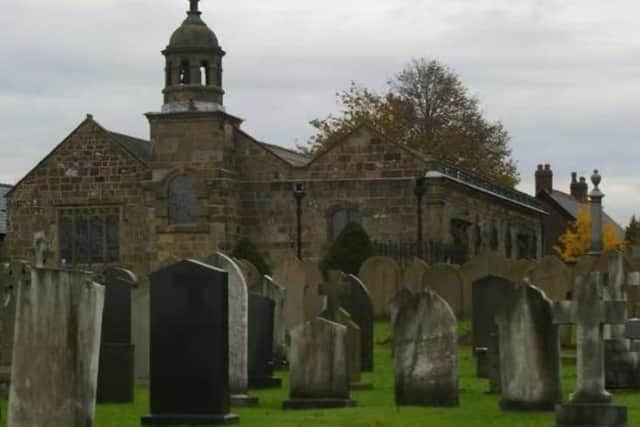Lancashire history: free UCLan lecture to shine a light on the county's dark history - in person or online
and live on Freeview channel 276
As humans, it is only natural that we are intrigued by the past, including the lives – and deaths – of those who have gone before us. And on April 27, UCLan’s Dr Philip Stone will be exploring the darker side of Lancashire’s history, with a virtual tour of the region’s places of ‘pain and shame’ – including the very spots where some of our ancestors met their unfortunate ends.
What is the idea behind the talk?
Dr Philip Stone is the Director of the Institute for Dark Tourism Research (IDTR) at UCLan, which was formally established in 2012. The institute recognises the fields of ‘dark tourism’ and ‘difficult heritage’, exploring our relationship with our significant dead and how we memorialise and remember them.


Advertisement
Hide AdAdvertisement
Hide AdFrom sites such as Ground Zero in New York, where the Twin Towers once stood, to Nazi concentration camp Auschwitz-Birkenau in Poland, which is now open to the public – it seems many contemporary tourist experiences now embrace the morbid and the macabre.
Indeed, there is an abundance of dark tourism sites across Lancashire and the north west of England - a plethora of places with a dark history that people continue to visit.
What dark tourism sites are there in Lancashire?
One such local spot centres around St. Anne’s churchyard in Woodplumpton, where the grave of Meg Shelton, known as the ‘Woodplumpton Witch’, can be found. The story goes that after her death in 1705, Meg’s corpse would keep digging up to the surface. To prevent her from rising again, she was buried face down and a large boulder placed on top of her grave, which remains there to this day.
Another local legend focuses on the sand dunes of St Annes, and the murder of Kitty Breaks: on Christmas Eve 1919, a local man collecting driftwood in the sand dunes found Kitty's body. Beside her lay a pair of bloody man's gloves and a revolver. Legend has it, the ghost of Kitty Breaks haunts the dunes, and many local sightings have been reported.
Advertisement
Hide AdAdvertisement
Hide AdThen there’s the Undamaged Red Post Box Manchester, which survived the 1996 IRA bombing; Sambo’s grave in Lancaster, where a young, black boy who died in slavery in the 1700s is buried; and Preston Martyrs Memorial, which commemorates the killing of four cotton workers who were shot whilst out on strike in 1842.
What else will the talk explore?
Whilst it is clear that humans feel the need to memorialise and remember the disasters that have befallen people in their region, Philip explores how there are lessons to be learned from ‘heritage that hurts’, and how commemoration can be very complex, when the ethics of interpretation, commercialisation, and tourist behaviour are inextricably linked to remembrance and the desire to show deference to those deceased.
How can you liston to the talk?
You can join Philip on April 27 between 6pm-7pm at the Preston Campus’ Greenbank Lecture Theatre for a journey through the region’s rich and often contested past. You can come in person, or join online, and can register via Eventbrite.